Lesson: Writing a Descriptive Paragraph
Level: Intermediate
Materials: Ticket to English 2 Coursebook (pp. 16 & 17) and a handout (describing people's physical appearance)
Lesson Plan: Download it from here.
Explanatory Essay (Procedure & Rationale):
In this writing lesson, students will bring their personal experiences into the class and write a descriptive paragraph about someone who has touched their lives in one way or another or someone they have a soft spot for.
At the outset of the lesson, I start with a quick warm-up followed by a guessing game called ‘find someone who'. I opted for this game mainly because it will help my learners review some vocabulary related to the unit in general and to the current task in particular in an authentic, funny way. The game also serves as a smooth transition to the main objective of the lesson.
The game can be done orally with high achievers and as a quick writing task with slow learners. The latter can use slips of paper where they can write some qualities of their classmates without mentioning their names and let the class guess who they are talking about. To illustrate this more, students are expected to do the task this way: “He is tall and white… He has medium-length, wavy, black hair and brown, big eyes…He is very good at Maths and Physics. Who am I talking about?”
In the pre-writing model paragraph, I added three instructions through which learners can implicitly learn that descriptive paragraphs also abide by some organization. In other words, the task prompts the students to start their paragraphs by introducing the person they describe then mention his/her different qualities and characteristics and wrap it up with what other people think of the person in question.
Likewise, through exercise 1, students will look at the model paragraph in some depth and deconstruct it into parts, and thus get a clearer idea about how to write a descriptive paragraph. Once they are done, learners resettle to study the two tables on page 17 to further learn more adjectives used to describe both appearance and character, whereupon they are provided with a handout (optional) that shows the verbs that match each type of the adjectives as well as the order they take in case more than two adjectives are used.
To check students’ understanding of the adjectives and their use before they embark on writing, they play quick exchanges, which will likely go:
A: Have you got any closest friend/What’s your favorite family member?
B: Yes, I do/ My mother.
A: What does s/he look like?
B: Well, s/he is average height and slim. S/he’s got brown eyes and straight black long hair.
A: What’s s/he like?
B: S/he’s honest, kind and friendly…
This task can be carried out in close pairs to give students a chance to decide on who to talk about or to get their peers’ prior consent before kicking off their conversations as there is a risk of asking uncomfortable questions. That is, for some reasons, students are reluctant or don’t want to talk about their families, and it is part of our job, as instructors, to be aware of that.
In the while-writing phase, students start writing their first draft, making recourse to previous activities in the lesson and some heuristic questions. As regards the last question, the teacher gives ample examples illustrating “philosophy to life”.
In the process of writing, students are encouraged to consult dictionaries or ask their classmates for help. As an instructor, I never lose sight of the fact that in addition to the target skill, students should learn other skills such as learning autonomy (consulting dictionaries) and collaboration (helping each other). Having done with the first draft, students exchange their paragraphs for peer editing. The editing checklist is kept to a minimum as this is supposedly the first writing classroom experience in the school year.
After they finalize their paragraphs, some students read out their pieces of writing for the sake of giving other learners the chance to reflect and suggest adjustments in case anything is missing or unbefitting. Moreover, by recognizing their peers’ efforts and help, students are likely to develop some emotional intelligence and gratitude, which is one of the important soft skills. It is worth noting that the instructor makes it clear from the very beginning that the best outcomes will be published in the third issue of the English Club’s Magazine to trigger some competitiveness among learners, for it has always been a major point of pride for a student to see his/her piece of writing along with his/her picture feature in any medium for other people to read.

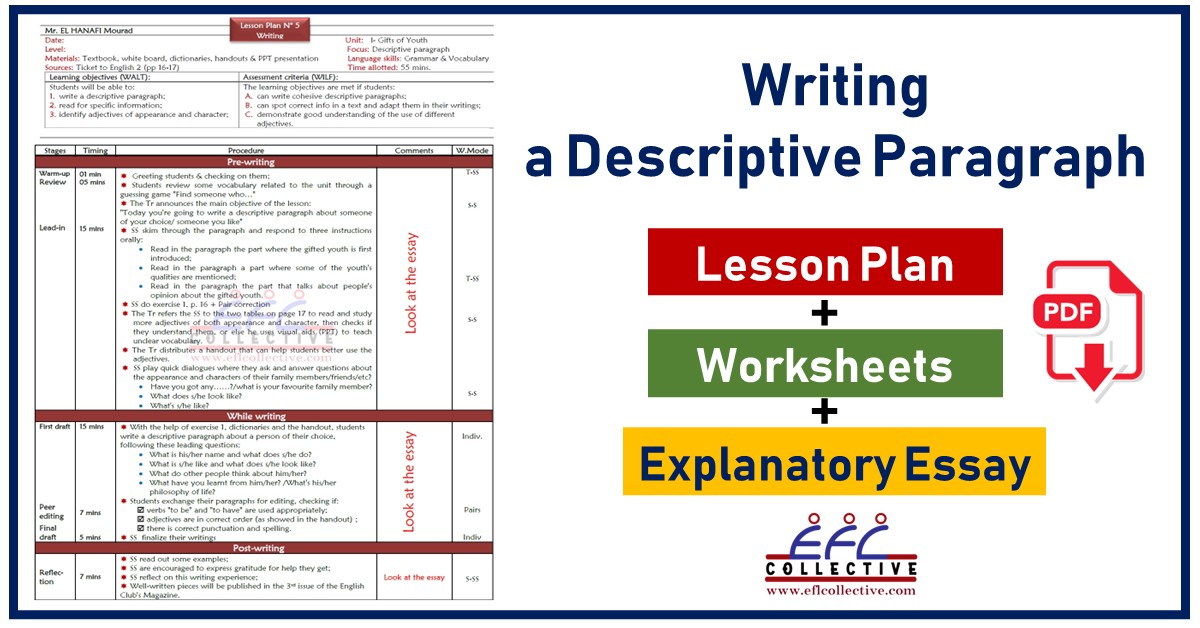
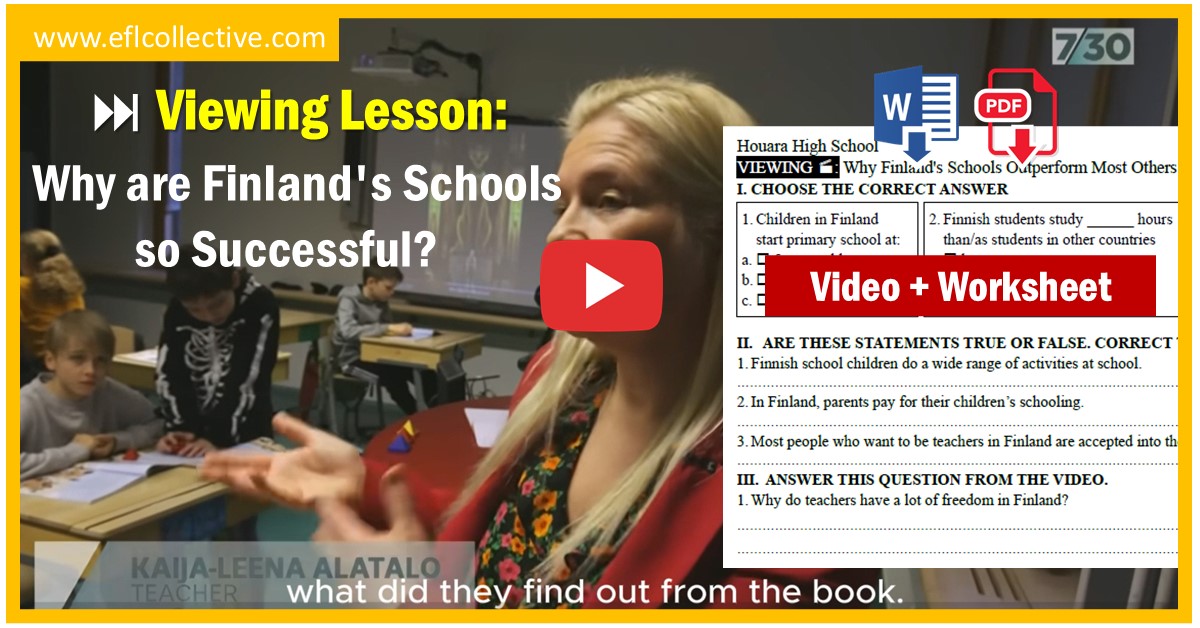

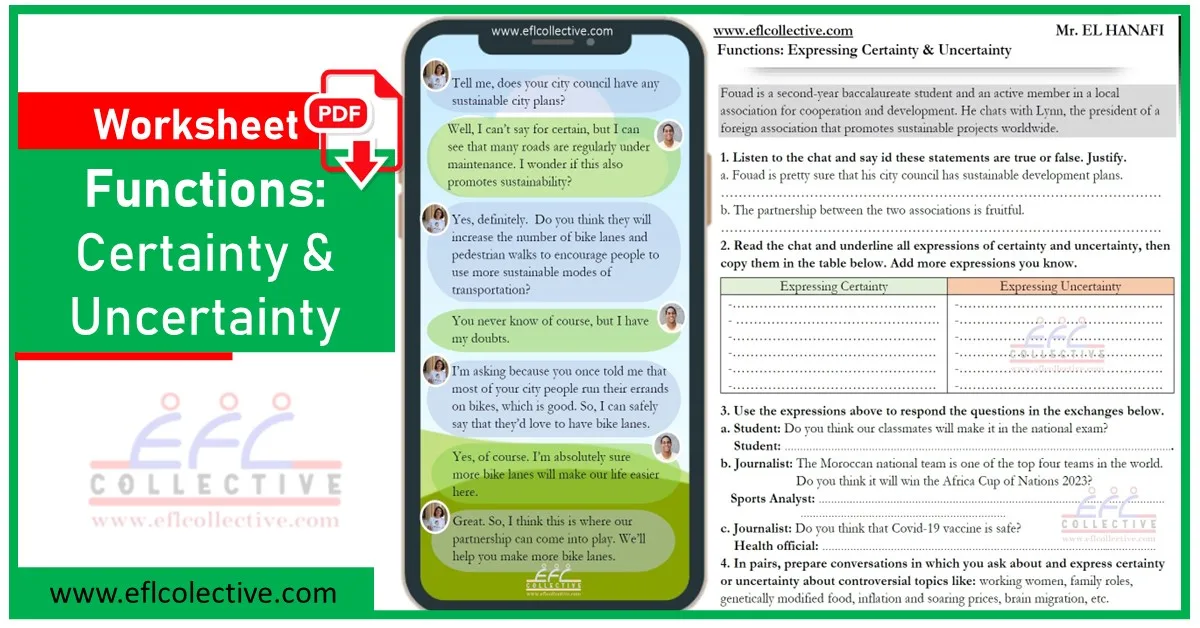



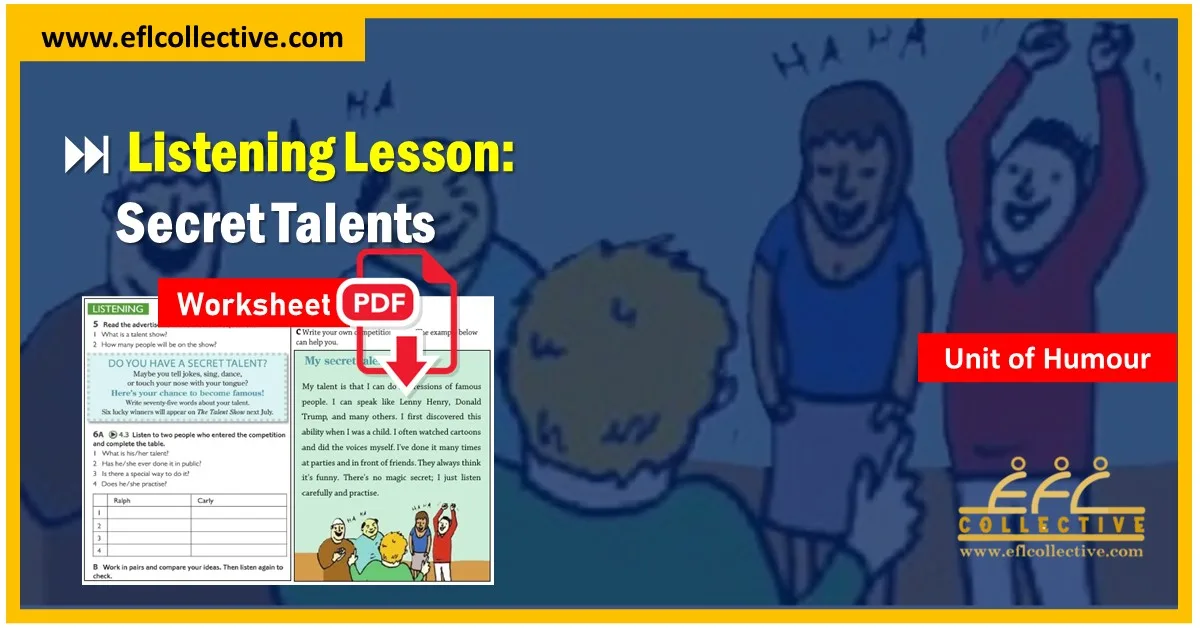
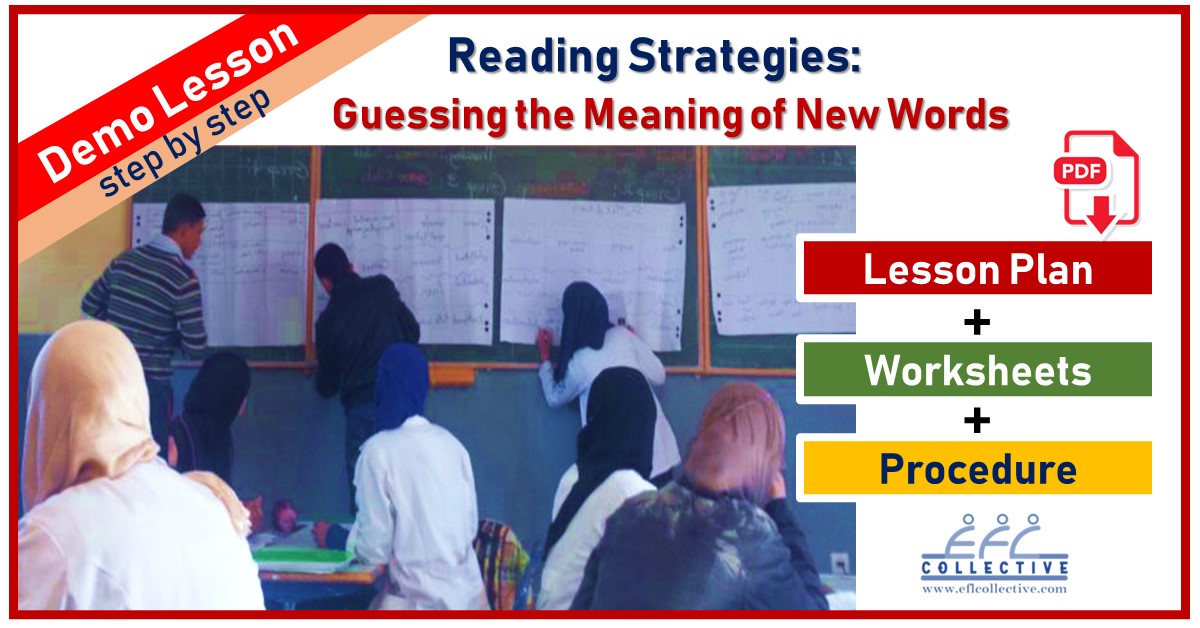

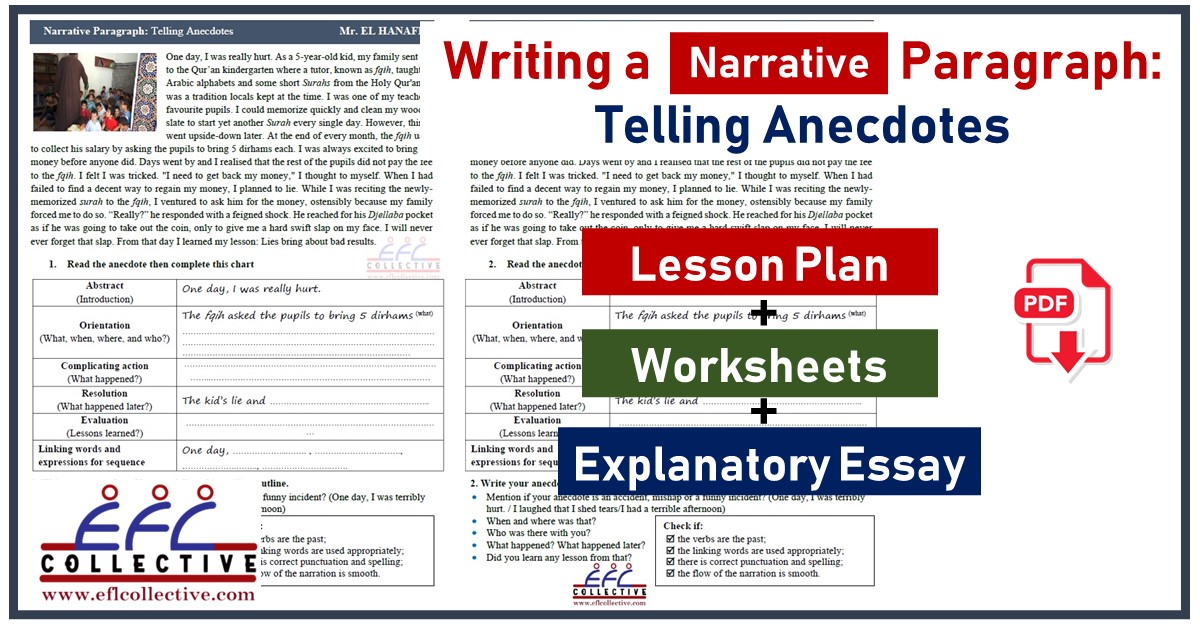
Thank you 😊
You’re welcome, dear colleague Abdelfattah.
thank you !
You are welcome 🙂